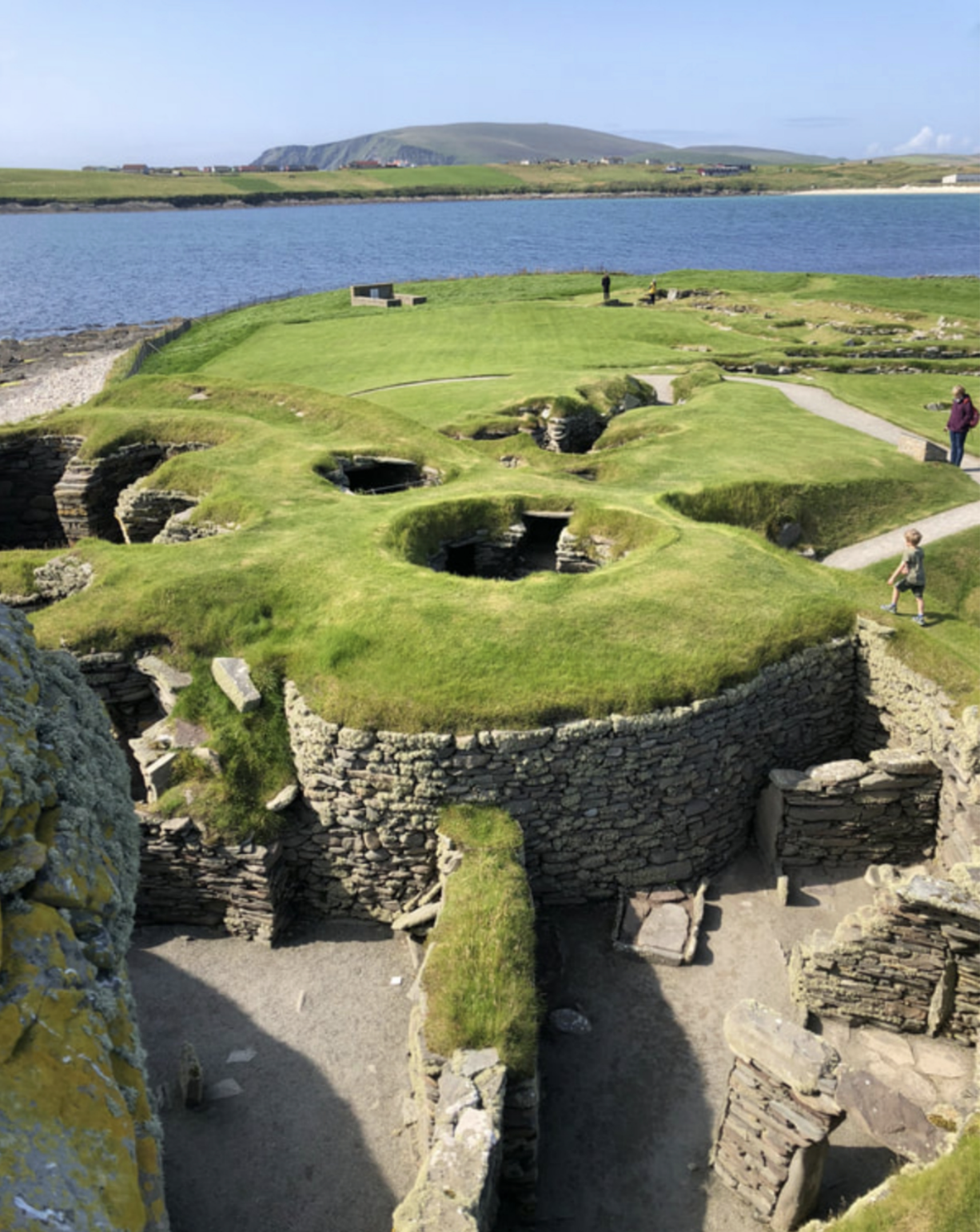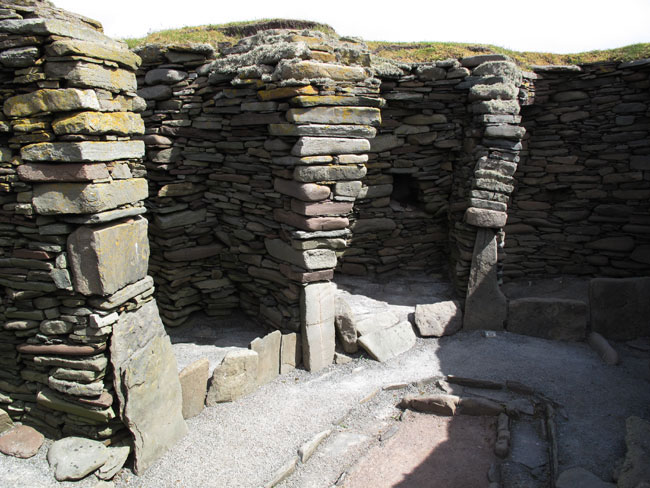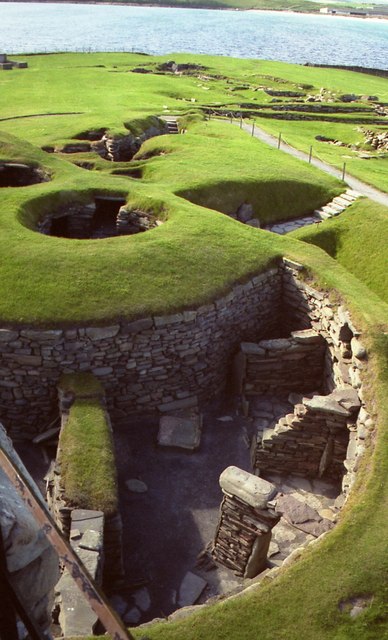Unearthing Prehistoric Scotland: The Jarlshof Archaeological Dig
The Jarlshof archaeological dig has provided invaluable insights into the rich history of prehistoric Scotland. Located in the Shetland Islands, this remarkable site has yielded a treasure trove of remains spanning from 2500 BC to the 17th century AD. These findings offer a unique window into the lives and cultures of the people who once inhabited this ancient settlement. In this article, we delve into the significance of the Jarlshof archaeological dig and explore the fascinating discoveries that shed light on prehistoric Scotland.
The Jarlshof archaeological site was discovered in the late 19th century when a severe storm exposed a section of the ancient settlement. Situated on the southern tip of the Shetland Islands, the site overlooks the North Sea, providing a strategic location for the communities that once thrived there.
Excavations at Jarlshof have uncovered evidence of multiple periods of human habitation, represented by distinct layers of ruins. The oldest remains date back to around 2500 BC, during the Neolithic period, with evidence of a Stone Age village and a chambered tomb.
The Bronze Age, around 2000-800 BC, is represented by the remains of circular houses with stone foundations. These houses were constructed using a technique known as “double-walling,” where an outer wall of stone encloses an inner space filled with rubble. These structures indicate a more settled and organized community during this period.
The Iron Age occupation at Jarlshof is particularly notable, with well-preserved structures such as brochs, wheelhouses, and aisled roundhouses. These dwellings showcase advanced architectural techniques and offer insights into the social organization and daily lives of the Iron Age inhabitants.
During the Viking Age, from the 8th to the 13th century, the site experienced a period of Norse occupation. The Norse settlers adapted the existing structures and added new buildings, leaving their own mark on the site’s history.
The excavation at Jarlshof has also revealed remains from the Medieval and post-Medieval periods. A medieval farmstead, complete with a farmhouse and outbuildings, provides a glimpse into the agrarian lifestyle of the time. Additionally, a laird’s house, built in the 17th century, represents the site’s final phase of occupation.
The extensive collection of artifacts unearthed at Jarlshof adds depth to our understanding of prehistoric Scotland. These include pottery, tools, jewelry, and even an intricately carved stone slab. These finds help researchers piece together the economic activities, trade networks, and cultural practices of the ancient inhabitants.
The Jarlshof site is managed and preserved by Historic Environment Scotland, ensuring its protection for future generations. Visitors can explore the site and its reconstructed buildings, gaining a firsthand experience of the fascinating history that unfolded there.
The Jarlshof archaeological dig has provided a remarkable journey through time, revealing the diverse and vibrant history of prehistoric Scotland. The layers of remains spanning from 2500 BC to the 17th century AD offer insights into the changing lifestyles, technologies, and cultural influences that shaped this ancient settlement. By unearthing and preserving these discoveries, the Jarlshof site continues to contribute to our understanding of Scotland’s rich archaeological heritage.
Hits: 2









